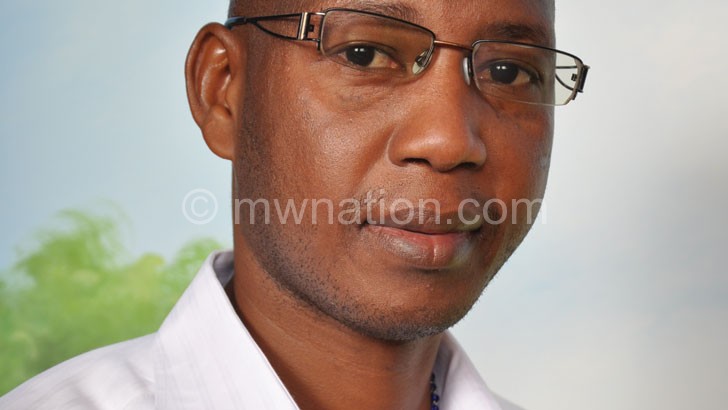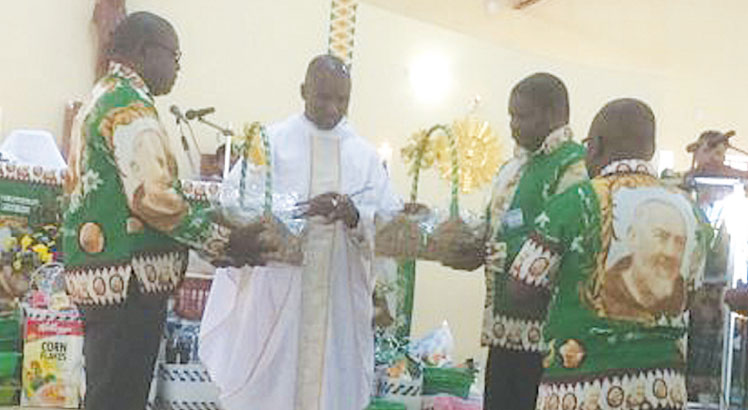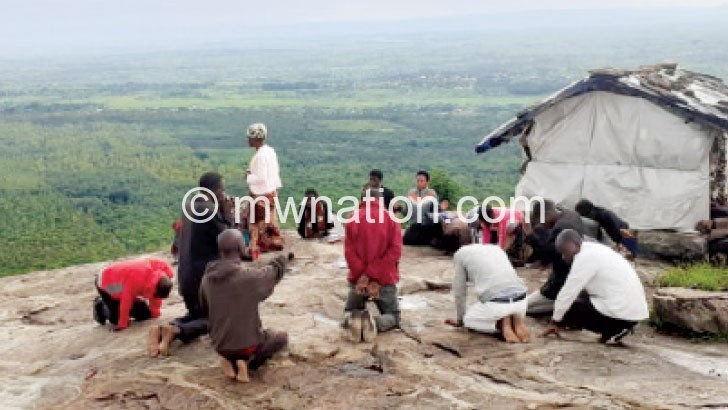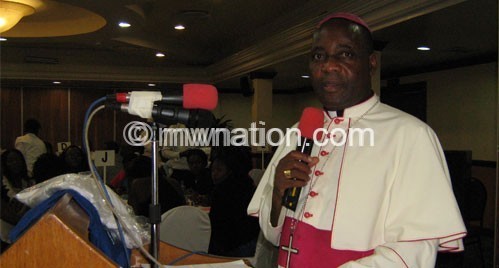Church’s role in fighting climate change
The Catholic Commission for Justice and Peace (CCJP) subscribes to the understanding that climate change is mostly caused by human activity and it blames people for destroying the environment and the church for failing to do enough to address the problem. On the sidelines of a gender project it is implementing, the commission says churches have moral obligation to protect the environment. AYAMBA KANDODO caught up with the CCJP diocesan secretary for Mangochi Diocese, Bruno Banda, for insights on effects of climate change and the church’s interventions in the diocese.

Q: What is the gender project about?
CCJP, in conjunction with the Millennium Challenge Account (MCA), is implementing a three-year K190 million gender project in Lingamasa, in Traditional Authority (T/A) Chowe in Mangochi. The project aims at addressing environmental problems that culminate in sedimentation in the Shire River Basin and chokes the performance of Escom’s hydro-power facilities. The project seeks to increase hydro power generation by empowering women economically with business and marketing skills and engaging both women and men in joint decision-making to ensure sustainable management of natural resources.
Q: What prompted you to embark on this project?
As an organisation, we saw that natural world is being depleted wantonly by communities due to poverty. Through a survey, we discovered that women activities in this area are contributing to environmental degradation. This is so because their situation forces them to cut down trees for sale and burning charcoal, among other serious environmental threats. This culminates in climate change. We, therefore, felt duty-bound to do something to stop the communities’ harmful behaviour.
Q: Why target women and men at the same time?
The project wants to contribute towards addressing social and gender constraints and inequalities in communities along the Upper Shire River that prevents sustainable agricultural practices and sustainable management of natural resources; hence, the engagement of both women and men.
Q: What methods are you using to reach out to the masses?
Very simple. We have community structures in the villages which help us in raising awareness that leads to restoring our natural world. Again, we often conduct community awareness campaigns. We also use chiefs to mobilise their subjects to sensitise them on the matter.
Q: But why should the church care about this problem and what are its expectations?
Just to borrow a word from Pope Francis where upon terrified by the effects of climate change he called the faithful to be instruments of God our father. This entails that churches and their organs have a moral obligation to protect the environment to mitigate effects of climate change. In terms of expectation, CCJP is geared to change the plight of communities of Lingamasa. The project expects that by 2018, at least 85 percent of women in T/A Chowe will take full responsibility of caring for natural resources since they will have been empowered socially and economically through trainings on leadership skills and also by promoting the culture of village savings and loans.
Q: Hasn’t the project come at a time damage has already been done?
No! No! No! Actually, it has come at a right time when people are already feeling the pinch. This is even more advantageous because communities will easily identify themselves with the problem and work towards finding solutions to it. n





